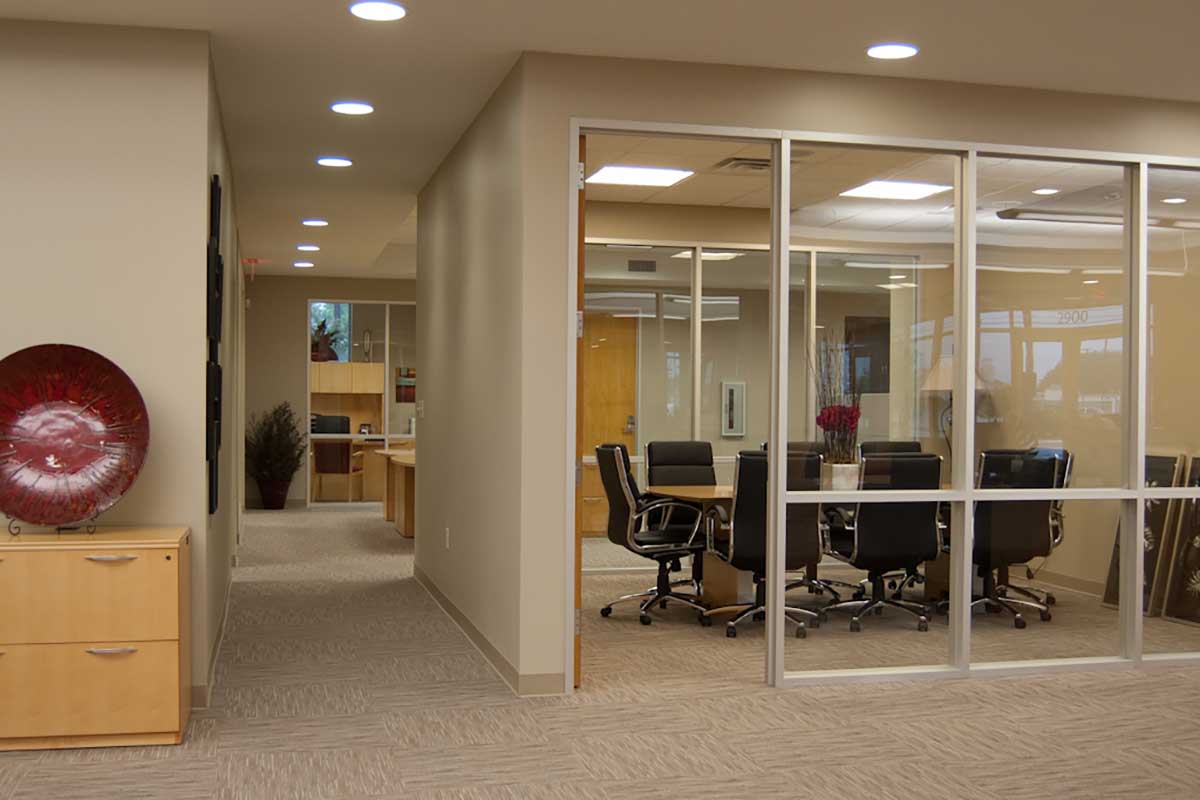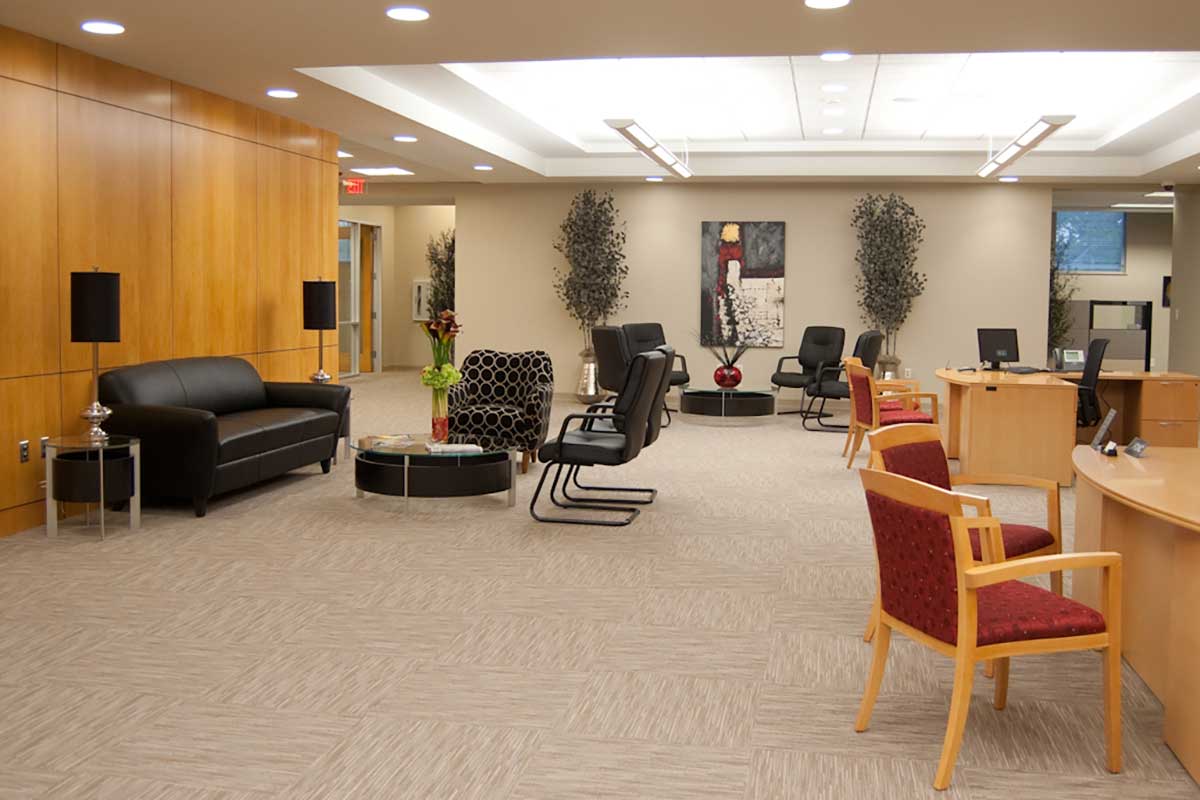Commercial Project
Clayton’s Restaurant was a 1957 diner representing the golden age of Modern architecture. However, for the past four decades, the building has served as a bank, undergoing numerous renovations that gradually eroded its original charm. Recognizing the need to restore its original style while improving functionality, the design team embarked on a mission to breathe new life into the structure.

To recapture the essence of the original design, Arkitex Studio focused on accentuating the prominent tower. They achieved this by highlighting the horizontal forms of the canopy and fascia while removing the non-original mansard roof and pediment at the entry. The introduction of anodized aluminum elements gave the building a sleek and modern look. Stepped "fins" gracefully emerged through the roof, adding visual interest and depth. Most notably, the tower underwent a transformation, receiving a luminous "lantern" which radiates a warm glow to the building, especially in the evening.

The building's interior had suffered from dimly lit hallways and cramped offices. In response, the renovation project prioritized the enhancement of natural light and workspace functionality. The percentage of workspaces with exterior windows increased significantly from a mere 15% to 80%. This not only rejuvenated the environment but also fostered improved communication and quality of work. Through this meticulous revitalization, the building has been modernized, simultaneously embracing its past and offering a renewed sense of vitality. It now stands as a testament to the enduring beauty and relevance of mid-century architecture, preserving its original character while adapting it to contemporary standards of usability and aesthetics.

The building's interior had suffered from dimly lit hallways and cramped offices. In response, the renovation project prioritized the enhancement of natural light and workspace functionality. The percentage of workspaces with exterior windows increased significantly from a mere 15% to 80%. This not only rejuvenated the environment but also fostered improved communication and quality of work. Through this meticulous revitalization, the building has been modernized, simultaneously embracing its past and offering a renewed sense of vitality. It now stands as a testament to the enduring beauty and relevance of mid-century architecture, preserving its original character while adapting it to contemporary standards of usability and aesthetics.




